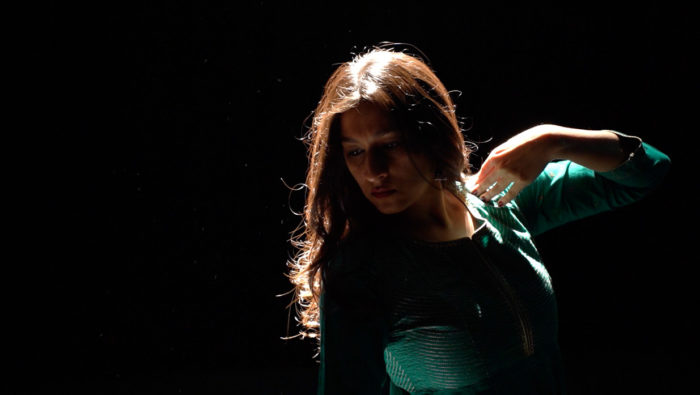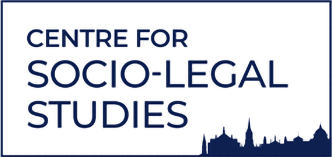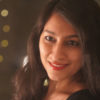
Legal research on reels: a case for creative methods

My curiosity about law-making processes and an urge to go beyond the doctrinal eventually took my doctoral journey out of the library. I wanted to investigate how the Information Theory of Law works on the ground and how legal experts (broadly construed as anyone who can access the law, including lawyers, judges, legislative assistants, judicial clerks, academics, bureaucrats etc.) translate social reality into legal language. The objective was to explore how their identities and social positioning influence their approaches to these translation processes. After interviewing 25 legal experts in India (mostly in Delhi), I returned with several questions streaming in my mind, and a familiar frustration resting in my body.
Almost half of my participants, identifying as female, spoke about the everyday policing of their bodies and behaviours, largely driven by the misogyny, nepotism, and identity politics in the physical spaces of law-making and legal practice. As I sat down to transcribe the interviews a couple of months later, the anger in these interviews echoed through my earphones, in multiple furious voices, battling the endless identity-prejudicial credibility-deficit they were facing in their everyday professional lives.
To capture these evocative findings, I found myself dabbling with rhyme—giving myself permission to discard the burden of borders and boundaries of text. As I was contextualising the data using poetic tools, I found my mind choreographing to the sound of words, beating to the rhythm of all the emotions there were to comprehend. In hindsight, these were the seeds of a short choreopoetry film that would eventually bring together the voices, rhyme, anger, thought, and body, to tell the story of the struggles of women lawyers, tirelessly fighting for visibility in Indian courtrooms.
The soundtrack of the film contains excerpts from my interview recordings, presenting evidence of both the words and the emotions behind them, punctuated by evocative spoken word and progressively racing heartbeats. The accompanying visual of a dancing body ‘spinning on the wheel’ of male gaze and power structures embedded in the spatiality of the legal profession, attempts to represent the embodied experience of female participants. In trying to extrapolate and study these embodied experiences, and expand my medium of expression from words, to sounds, to rhythm, to finally movement, my inquiry itself eventually became embodied.
This embodied inquiry combined my choreography with other evocative tools such as sound, colour, film, and music, helping the research in at least three ways. First, it expressed the emotions of my participants in a much more authentic, effective, engaging, and memorable way (as opposed to traditional text-based academic work).
Second, the method also became a means to address my own discomfort with the gaze I had experienced during fieldwork, quite similar to those experienced by my participants, arising from the crossroads of sexism and classism prevalent in the Delhi legal fraternity. This discomfort, going far back and much beyond the three months of fieldwork, obviously shaped my own gaze as a researcher, too. I was choosing to focus on some inequalities that directly affected me (particularly gender) over others (for example, caste). It therefore helped me notice, and process, the emotional labour involved in carrying out the fieldwork.
Third, the multiple sensory and creative tools at my disposal allowed a unique freedom to break-free from the confines of text-based ‘themes’ in traditional ways of analysing qualitative data. This freedom not only brought rigour to the analysis, but also transformed my doctoral project, which now includes discussions on the value of creativity, emotion, and feminist methods in the study of law-society interactions.
Capturing lived experiences is a much-needed endeavour in a profession and an academy that heavily relies on the black letter. Methods that go beyond traditional approaches can help capture the often missed-out essence of lived realities previously excluded from legal translation processes. In cases where the research participants may not have had the tools and language to express their own lived realities, methods such as creative facilitation and poetic justice, for example, could contribute significantly in including their experiences in meaning-making processes. In that sense, creative methods and arts-based research might not only highlight epistemic injustice, but also help to address it by making participants co-creators in knowledge production.
Note: The production of the film titled ‘(IN)VISIBLE’ was supported by Cambridge Creative Encounters and Cambridge School of Visual and Performing Arts. It will be officially launched at the Cambridge Festival in March 2024.

